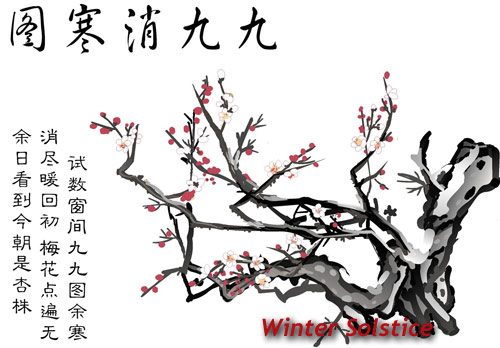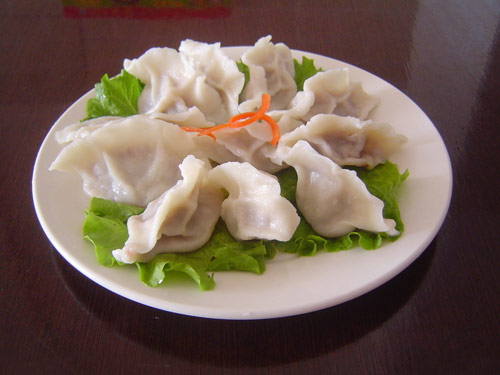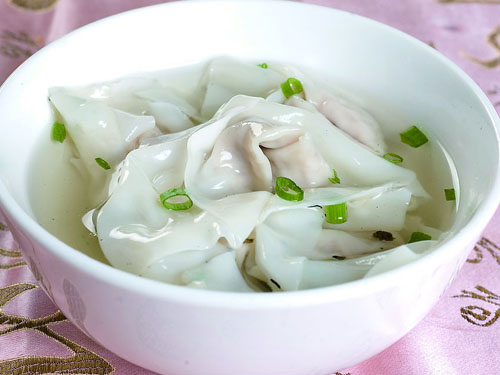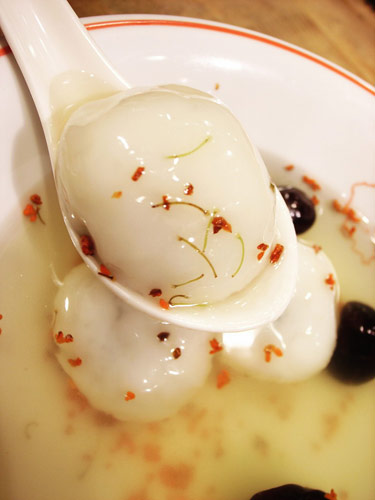Dongzhi, literally “the Extreme of Winter”, is the 22nd one of 24
solar terms each year, and marks the winter solstice. It always comes
around December 22 in Gregorian calendar. The day is one of the most
important festivals celebrated by the Chinese and other East Asians.
 |
| Chinese Winter Solstice Festival |
In China, Dongzhi was originally celebrated as an end-of-harvest
festival. Today, it is observed with a family reunion over the long
night, also named “Chinese Thanksgiving”. Family members get together to
drink mellow wine, eat delicate food, visit friends and relatives,
exchange presents and host memorial ceremony for ancestors and Gods.
In the northern China, eating dumplings and wontons on Dongzhi means
gaining positive energy and getting rid of negative power. Red bean
porridge is welcomed in Shaanxi since it is considered effective to
avoid ghosts and epidemic disease.
 |
| People in Northern China eat dumplings. |
 |
| Wontons, also eaten in Dongzhi Festival |
In the Southern China, especially in Zhejiang and Jiangsu Province,
tangyuan is no exception on this specific day. Each family member
receives at least one large tangyuan in addition to several small ones.
The flour balls may be plain or stuffed. Tangyuan with stuff is used to
honor the ancestors at night ceremony while tangyuan without stuff used
to worship Gods in the morning ceremony. Also, there is a tradition
eating long noodles in the hope of long life.
 |
| Tangyuan, or balls of glutinuous rice, symbolizes reunion |
About the origin of Winter Solstice Festival, please follow:
http://www.easytourchina.com/fact-v361-the-winter-solstice-festival




No comments:
Post a Comment